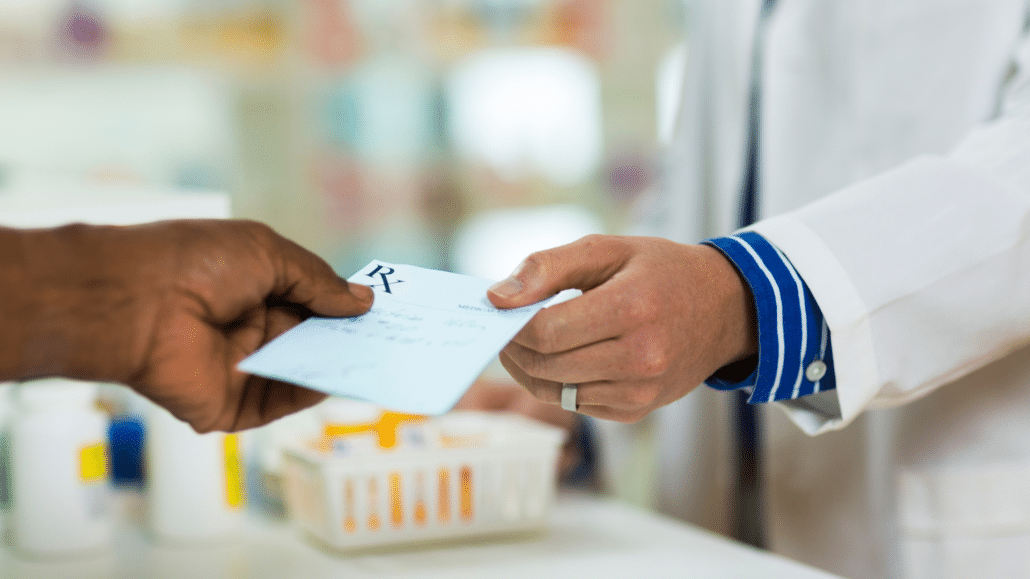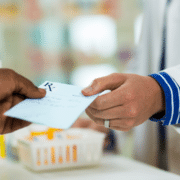What are generic prescription drugs
You may have heard a doctor or a friend suggest you try generic prescription drugs, but you aren’t sure what they mean. Generic prescription drugs are medications that are designed to be the same as brand-name drugs in terms of dosage, safety, strength, quality, and performance. Generic prescription drugs are created to be equal substitutes for brand-name drugs, providing the same health benefits. This article will explain generic prescription drugs, how they are designed to work, and why they usually cost less than your normal prescription.

Generic prescription drugs are equivalent
The Food and Drug Administration (FDA) plays an important role in ensuring that generic medicines work the same as brand-name drugs. Before a generic drug can be approved, it must undergo a rigorous evaluation process to demonstrate what is called “bioequivalence.” Bioequivalence means that two or more drugs share the same active ingredients and offer the same outcome for patients. Generic drugs must perform in the same way as the brand-name drug in terms of dosage, form and means of administration, safety, effectiveness, strength, and labeling. The FDA also ensures that generic drugs meet the same high standards of quality and production as brand-name drug manufacturers. This provides confidence to patients and healthcare professionals that generic drugs are just as safe and effective as the brand-name drugs.
Generic prescription drugs may look different
One common question about generic prescription drugs is why they may look different from brand-name drugs. The appearance of a drug, such as its color, shape, or markings, is known as its physical characteristics. While generic drugs must have the same active ingredients as the brand-name drugs, they may have different physical characteristics. This is because the FDA allows generic drugs to have variations in their physical appearance as long as it does not affect their therapeutic effectiveness. These variations are due to differences in inactive ingredients, which do not impact the drug’s safety or effectiveness.
Generic prescription drugs are usually cheaper
One of the major advantages of generic prescription drugs is that they often cost less than brand-name drugs. This is because generic drug manufacturers do not have to invest in the research and development of new drugs. For instance, once a drug becomes generic, manufacturers don’t have to pay for animal and clinical trials anymore, which can cost millions of dollars. They can produce generic versions once the patent for the brand-name drug expires. This competition in the market leads to cost savings for consumers. The cost savings from using generic drugs can be significant, making healthcare more affordable for individuals and healthcare systems as a whole.
It’s always a good idea, especially for consumers who are budget conscious, to ask about generic alternatives to the prescription drugs. If those drugs are in a reputable pharmacy, it means they have passed rigorous testing and they are a safe alternative to brand-names. And while generic drugs may look different from brand-name drugs, these differences are cosmetic and do not affect their therapeutic effectiveness.








